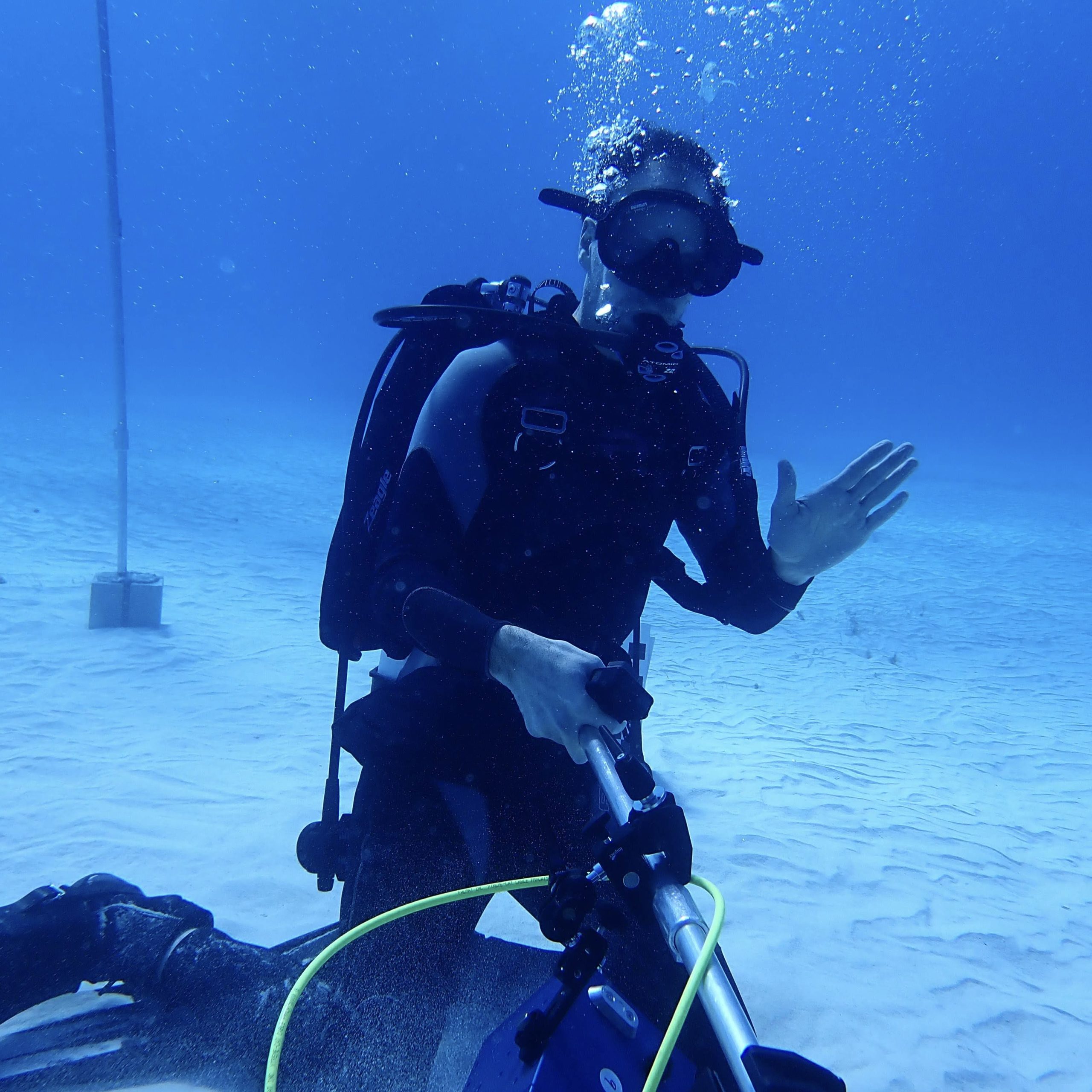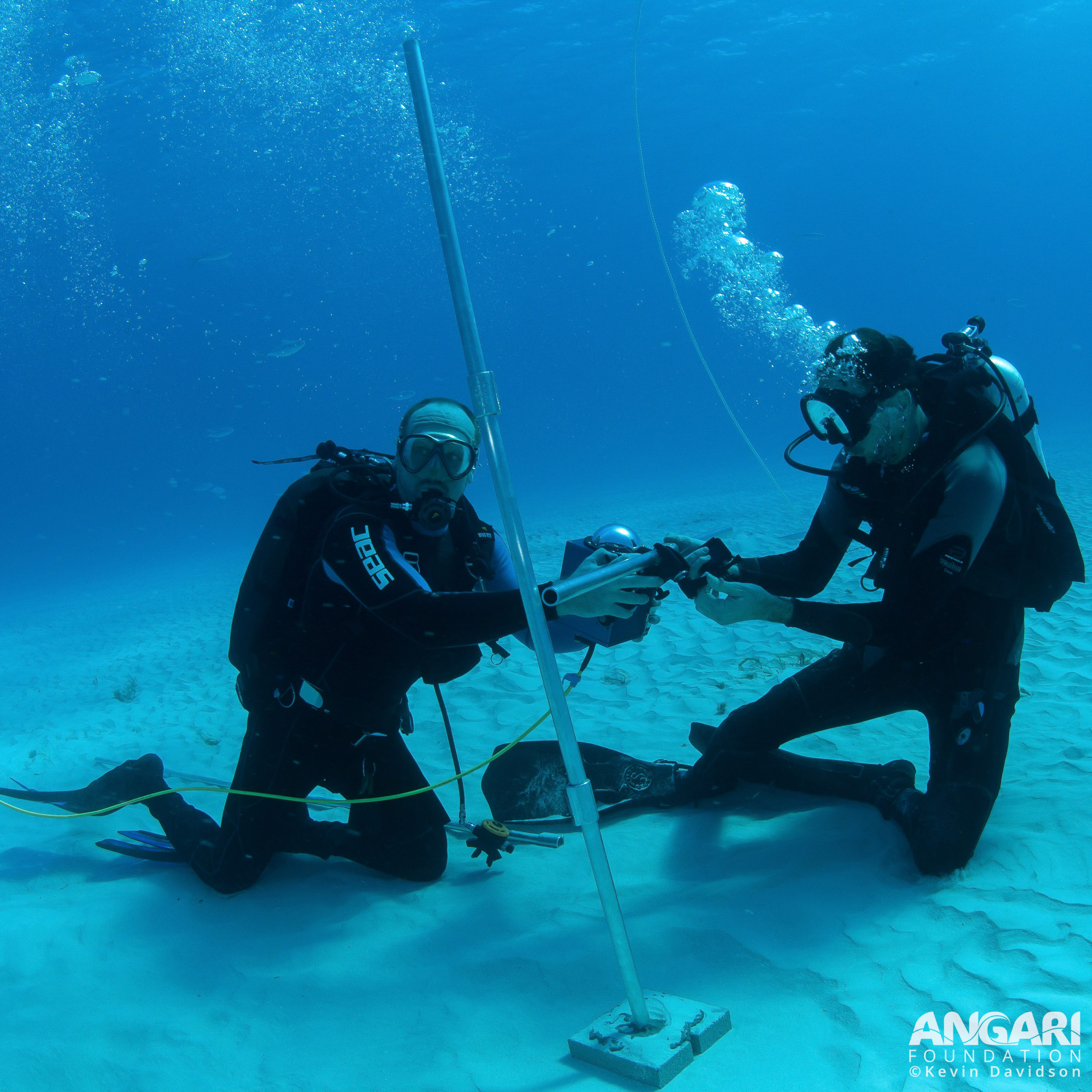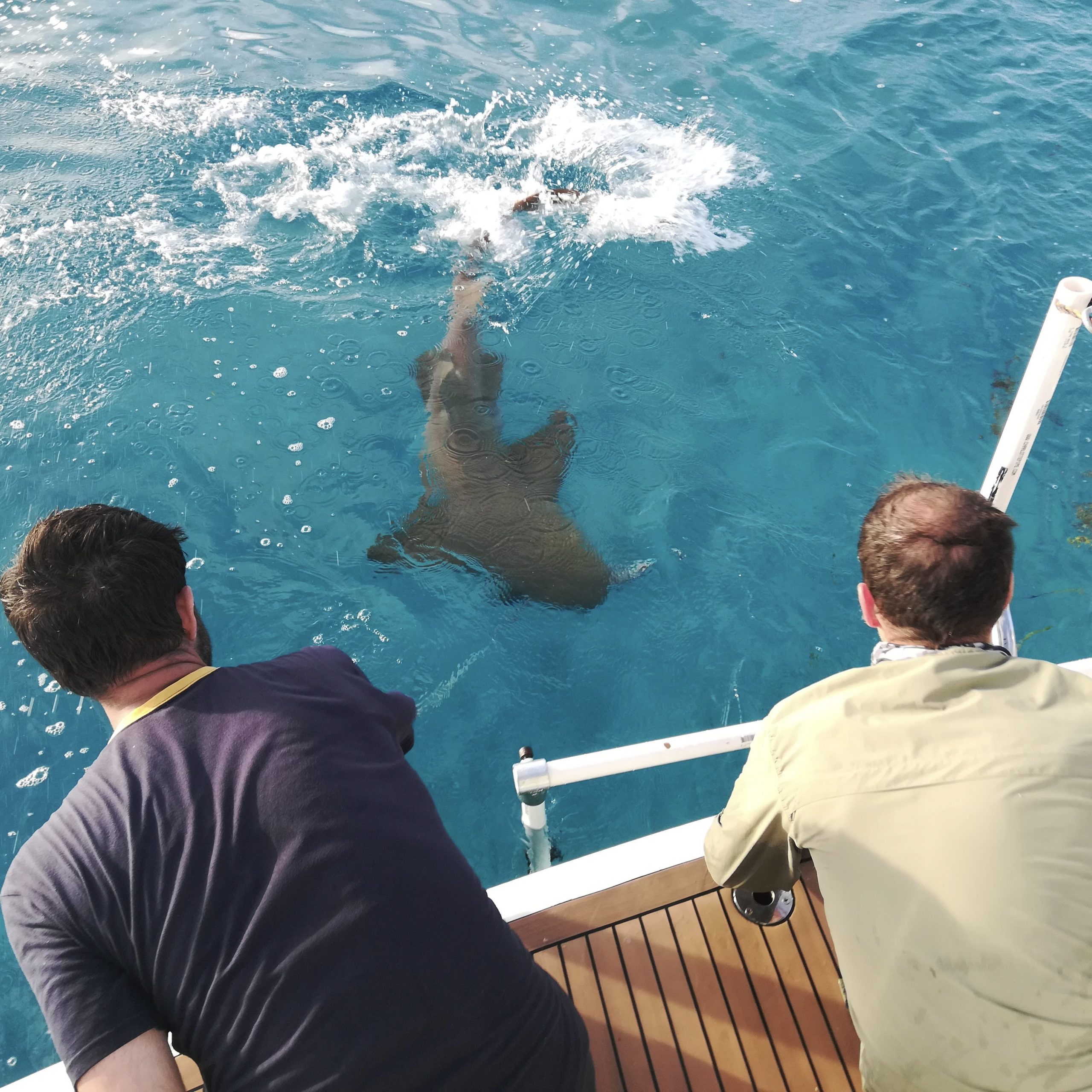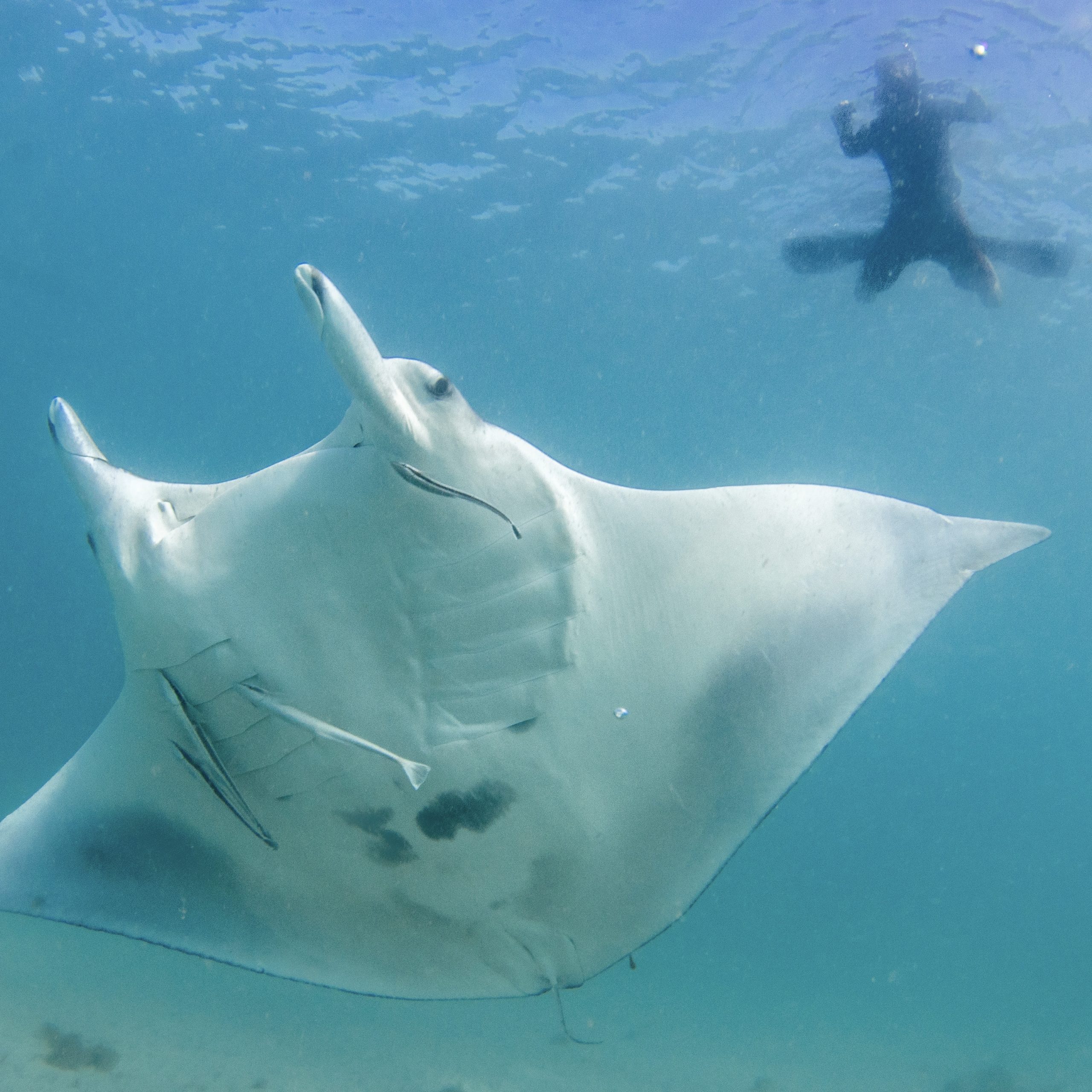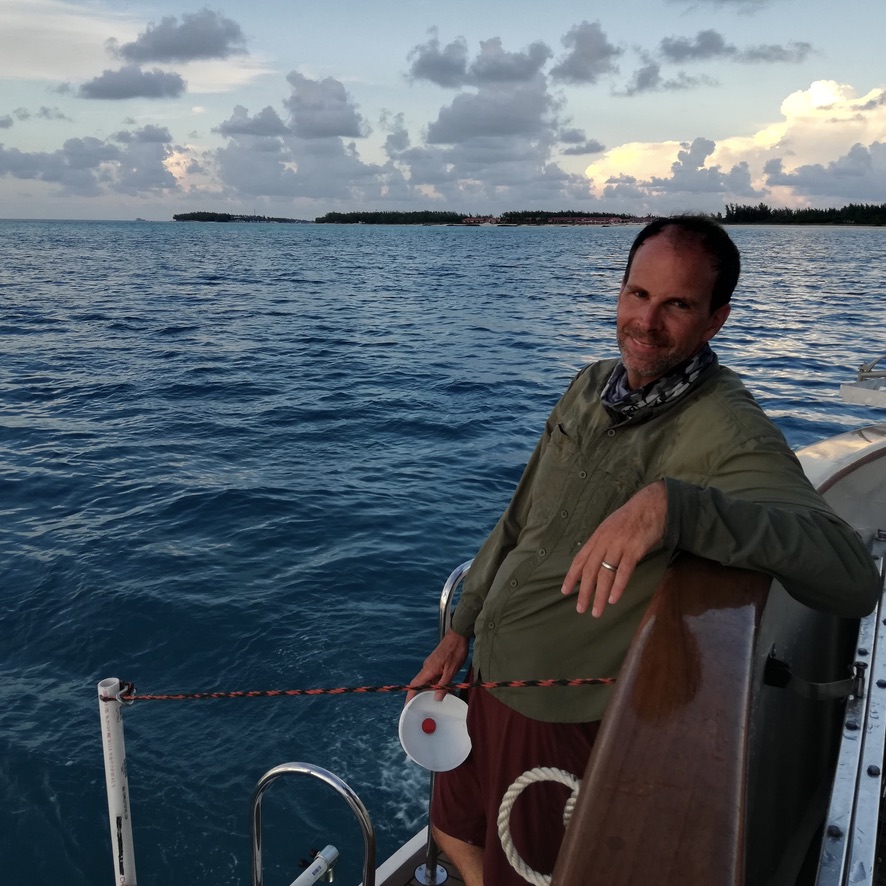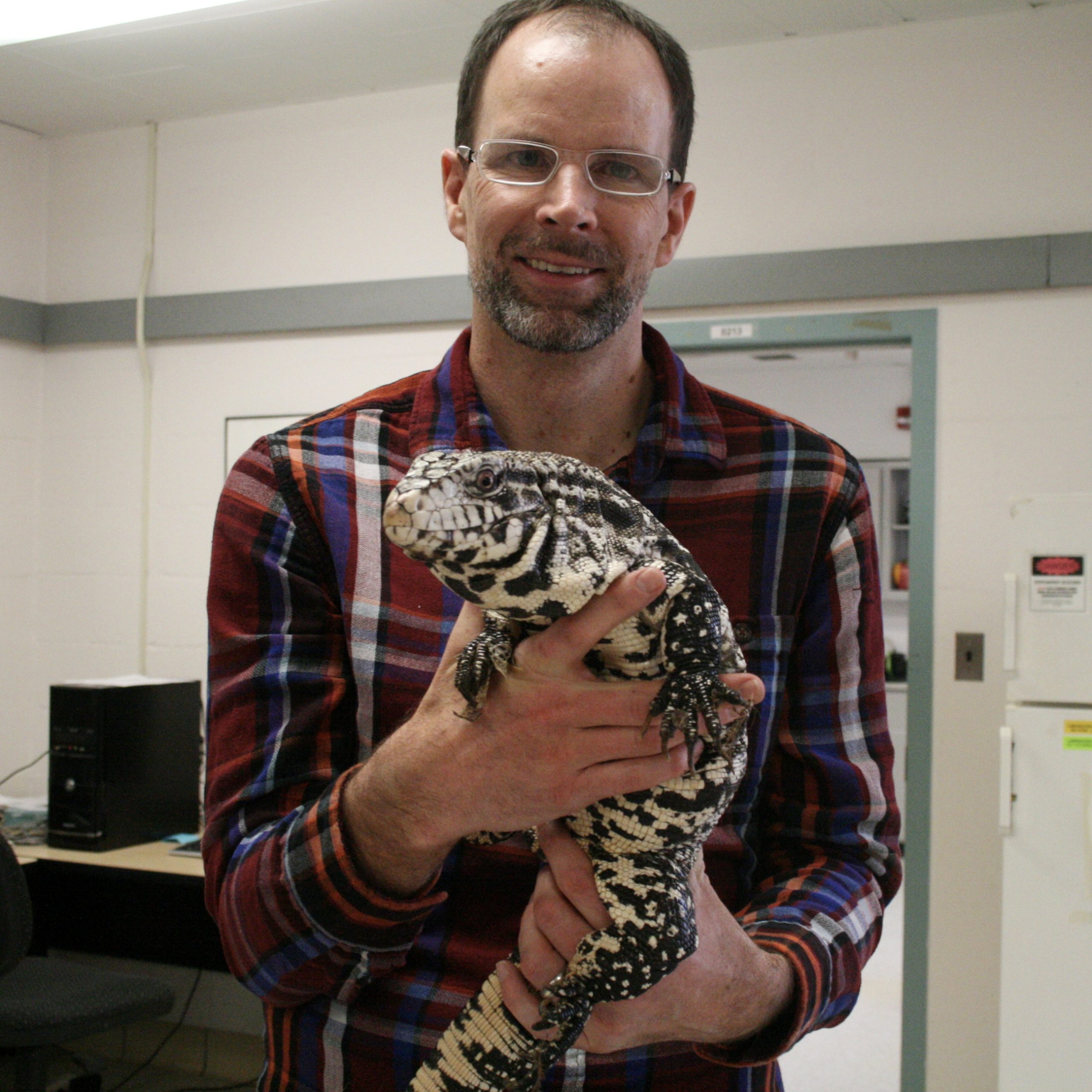


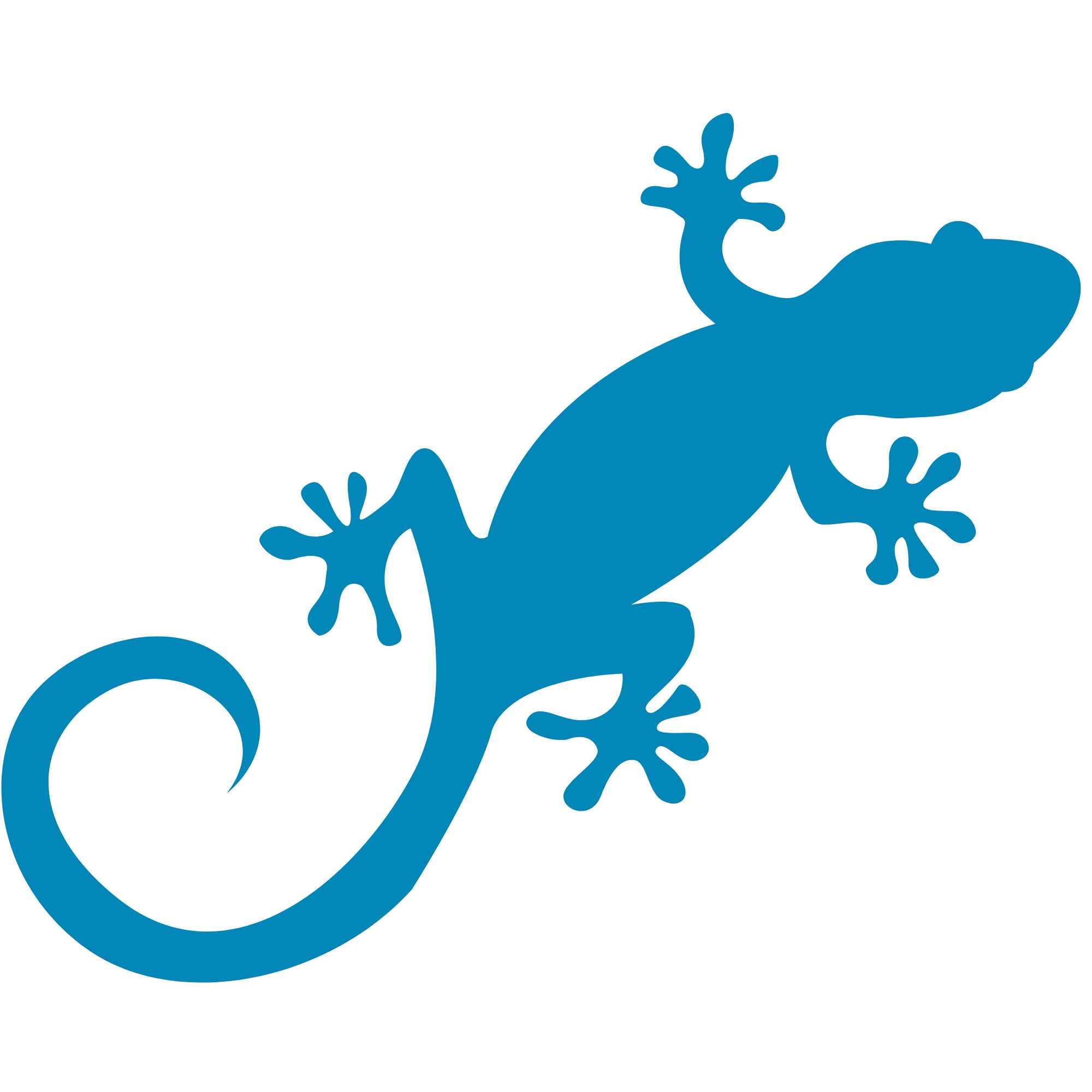

Meet Duncan Irschick
I am an integrative biologist and innovator interested in the evolution and ecology of animal athletics, and how biological form informs synthetic design. My research on gecko adhesion, 3D-imaging, animal movement, and bioinspiration has garnered international acclaim and awards. I am a co-inventor of two technologies – GeckskinTM, a bioinspired super-adhesive, and BeastcamTM, a portable multi-camera technology that can create high-resolution 3D models of living creatures. I am also the co-founder and director of Digital Life, a non-profit initiative to create and distribute high-resolution 3D models of life on earth, and the Center for Evolutionary Materials at University of Massachusetts Amherst. I have published over 160 papers on animal function and evolution and have been a co-inventor on several patents.
1996 Ph.D. Biology, Washington University
1992 B.S. Zoology, University of California, Davis
Get To Know Duncan
I work with a lot of partners, especially in the non-profit world. Through the Digital Life Project, we have many ongoing research projects devoted to recreating a wide range of animals for research purposes. Therefore, I spend a lot of time communicating and coordinating with others, both in my own lab and outside my lab.
I have a fondness for Caribbean reef sharks, as they were among the first sharks I worked with and probably the most beautiful.
I hope to raise awareness of conservation issues regarding these threatened animals. Also, I want to provide scientists, NGOs and storytellers the tools for studying these animals so they can tell these animals’ stories.
Our work with geckos revealed that they use novel mechanisms to adhere to surfaces, which ultimately led to the creation of novel bioinspired adhesives with my colleague Al Crosby.
The Digital Life project is a collaborative project based at the University of Massachusetts, and the project aims to integrate novel hardware and software approaches, such as the Beastcam technology, to create accurate 3D models of living animals and then share them with the general public. We work with many partners, especially in the nonprofit realm, to work primarily with live animals in a noninvasive manner. Our models have resulted in more than 113,000 downloads and more than 560,000 views. We have created more than 50 3D models of various animal-skin with many more coming soon.
Some of our priorities currently are marine mammals, sharks, sea turtles, and key megafauna, such as elephants and rhinos. We want to keep expanding our species list for all of these animals. I have focused on these species, as their representation in natural history collections is very limited, and there are no good reconstructions of their body shapes in existence currently. Further, we know relatively little about morphology and body condition changes in these animals over time.
I look for a strong work ethic, passion, and mental toughness, as well as an ability to write. A common misconception is that talent is the key trait that predicts success in academia. That may be true in sports or entertainment, but in academia, sheer persistence and passion are really critical, as well as a big helping of curiosity.
Science has enabled me to meet many amazing people and to travel all around the world while working with different animals. It has been and continues to be an amazing ride.
I would not change anything, and I’m just glad that it has all worked out so well.
Interview conducted in October 2022


